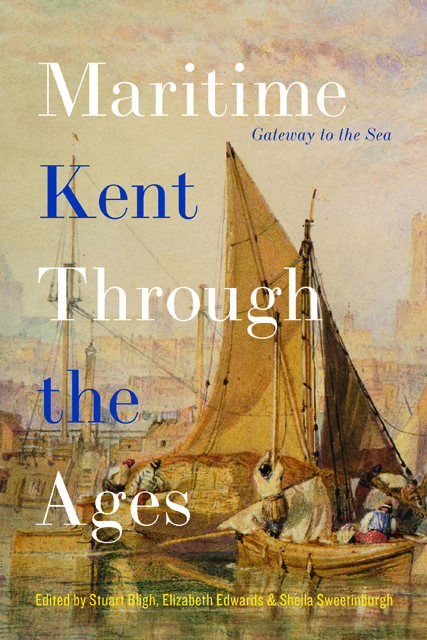8 - Far-Fetched Treasures: The Maritime Networks of the Kingdom of Kent
Published online by Cambridge University Press: 20 December 2023
Summary
They stretched their beloved lord in his boat,
laid out by the mast, amidships,
the great ring-giver. Far-fetched treasures
were piled upon him, and precious gear.
Beowulf, lines 34–7This chapter explores the evidence for the maritime networks and associated trade and exchange relationships of the kingdom of Kent, from its origins in the late fifth century, through to amalgamation with Wessex in the early ninth century. Kent’s rise as one of the earliest, most sophisticated and prosperous states of post-Roman Britain rested largely on a favourable geographic position that was essentially maritime in nature. A location at the point of the British Isles closest to the continental mainland has of course had a huge influence on Kent’s archaeology and history, at least since Britain became an island over 8,000 years ago. In the context of the decades and centuries following the collapse of the western Roman Empire, it can be argued that Kent became especially important as a conduit for continuing and new relationships across the English Channel and the North Sea. This spatial and chronological backdrop is considered first, followed by consideration of the archaeological evidence for boats, ships and seafaring in early to mid-Anglo-Saxon Kent. Thereafter, the exchange of material culture is discussed, both in terms of raw materials and finished goods that flowed into and out of Kent during the fifth to ninth centuries.
Across the Whale-Road: The Geopolitical Context of the Kingdom of Kent
Kent’s unique topographical and coastal geography is covered in depth in Chapter 2 and need not be re-stated here. There can be little doubt that the county’s position as a peninsula at the south-eastern extremity of the British Isles, and at the closest point to the European mainland, has played a key role in its story over the course of millennia. However, in the decades following the collapse, first, of Roman political and military control of Britain and, subsequently, of the western empire as a whole, Kent’s location appears to have become particularly advantageous to its inhabitants. This enabled the new Kentish state that began to emerge from the late fifth century onwards to become, for a time, the wealthiest and most sophisticated in lowland Britain.
- Type
- Chapter
- Information
- Maritime Kent through the AgesGateway to the Sea, pp. 195 - 214Publisher: Boydell & BrewerPrint publication year: 2021



